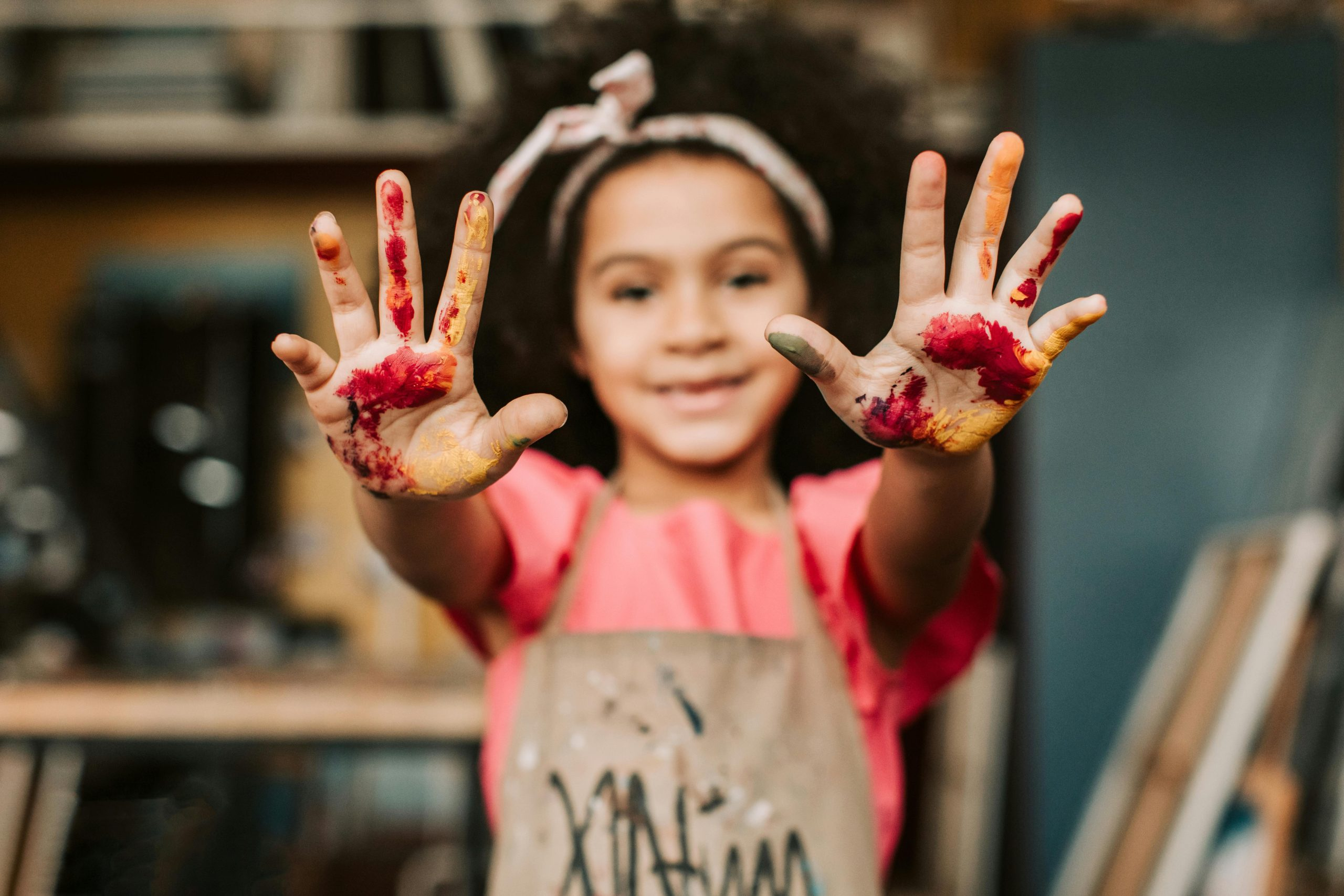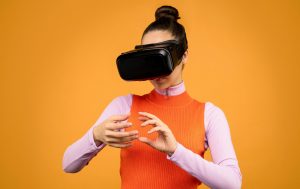From passive consumption to active creation: the new paradigm of learning
In today’s digital age, information is readily available at our fingertips. With just a few clicks, we can access a wealth of knowledge on any topic we desire. The traditional model of learning, where students sit in a classroom and passively consume information, is no longer the primary mode of education. Instead, a new paradigm of learning has emerged – one that emphasizes active creation and hands-on experience. In this article, we will explore the shift from passive consumption to active creation and the benefits it has for learners in the 21st century.
The Rise of Active Creation
Gone are the days where students were expected to simply listen to a lecture and absorb information. The rise of the internet has democratized education, giving individuals the power to seek out knowledge and actively participate in their own learning process. With the rise of online courses, MOOCs (massive open online courses), and virtual classrooms, students are no longer confined to the traditional classroom setting. They have the freedom to learn at their own pace and according to their own interests.
In addition to the accessibility of information, technology has also made it possible for students to actively create their own learning experiences. For example, students can make use of digital tools like video editing software, graphic design programs, and coding platforms to bring their ideas to life. This empowers students to become content creators rather than just consumers – a shift that has significant implications for the future of education.
The Benefits of Active Creation in Learning
1. Encourages Critical Thinking
Active creation in learning requires individuals to think beyond the surface level and engage in deeper levels of critical thinking. When students are actively creating something, they are forced to make connections, analyze information, and apply their knowledge in new and unique ways. This not only enhances their understanding of a particular topic but also develops their critical thinking skills – an essential skill in today’s rapidly changing world.
2. Fosters Creativity and Innovation
Active creation encourages students to think outside the box and come up with creative solutions to problems. By actively engaging in the learning process, students are exposed to diverse perspectives and are encouraged to think creatively. This can lead to innovative ideas and solutions that can have a real-world impact.
3. Increases Engagement and Motivation
When students are passively consuming information, it can be easy for them to become disengaged and lose motivation. However, when they are actively creating something, they are more invested in their own learning and are more likely to stay engaged and motivated. This shift from passive consumption to active creation can lead to a more enjoyable and fulfilling learning experience for students.
4. Prepares Students for the Future
In today’s rapidly evolving world, the ability to learn and adapt is crucial. By actively creating and engaging in the learning process, students are developing the skills they need to thrive in this ever-changing landscape. They are learning how to access and evaluate information, think critically, and be creative problem-solvers – skills that will serve them well in their future endeavors.
In conclusion,
The rise of active creation has transformed the way we learn and has opened up countless possibilities for students. It not only enhances their understanding and retention of information but also builds crucial skills that are essential for success in the 21st century. As educators, it is important to embrace this shift and incorporate active creation into our teaching methods to prepare our students for the future.










